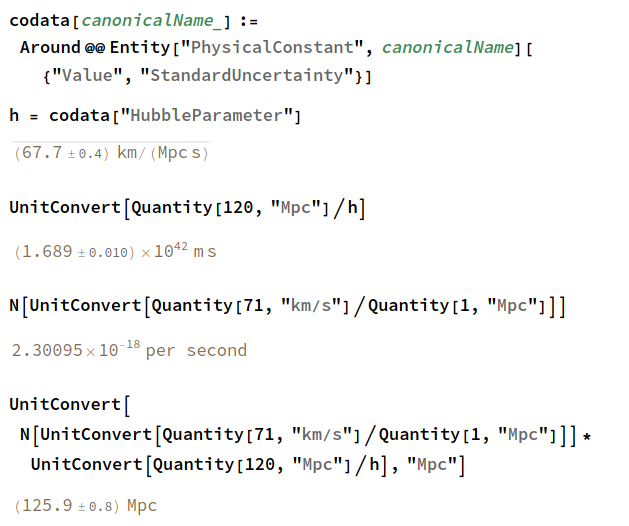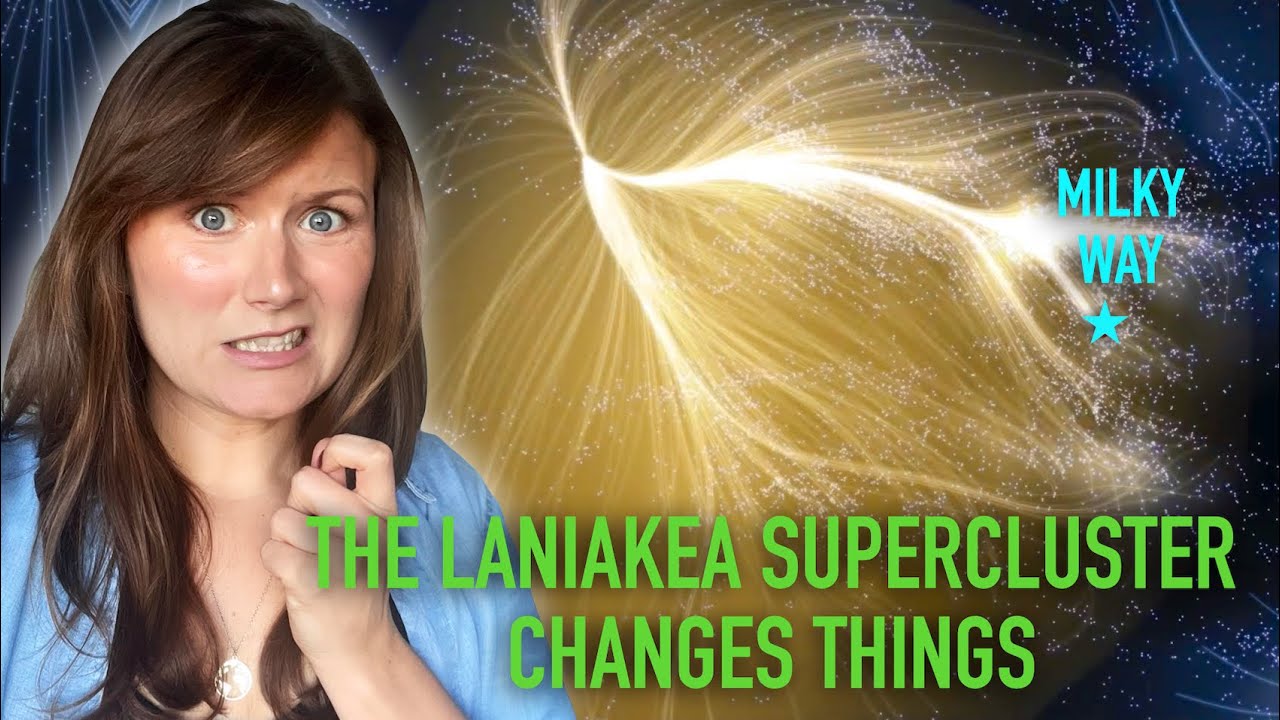Every now and then the “Creationists” do us all a favor by relentlessly drawing attention to empirical measurements that they think will support their interpretation of scripture despite those measurements being dismissed with a wave of the hand by the Orthodoxy. One case is the Big Bang model that wasn’t always as Orthodox as it has now become but seemed, to many Creationists, as providing The Moment of Creation. This contribution by Creationists becomes counterproductive when, like any School of Theory, they get too enthusiastic about their theology when, what discourse requires is answering their rhetorical opponents not with theology but rather with refinement of the measurements.
Now, however, the Big Bang is Orthodoxy and empirical measurements that run counter to it are prone to being dismissed with a wave of the Patriarch’s hand as Mere Error if not Heresy.
More recently one such empirical measurement is of something frequently referred to as “Quantized Redshift”. Nature carried a 1997 paper titled “A 120-Mpc periodicity in the three-dimensional distribution of galaxy superclusters” featuring a periodic structure of concentric spheres radiating out from Earth at the center, to the far reaches of the cosmos that has been in controversy ever since the 1970s. The Creationists like this picture for obvious reasons. However, ironically, the attempts to explain it theoretically rather then theologically, seem to end up opposing the Big Bang model. This may explain why, even as evidence for this structure has increased with time, Orthodoxy is increasingly silent about it.
The most recent paper I found is just this September 21 that appeared in the Monthly Notices of the Royal Astronomical Society (attn: Longitude Prize fans): “Search for a possible quasi-periodic structure based on data of the SDSS DR12 LOWZ”.
In it, they find (4−5)σ support for a “quasi-periodic structure with characteristic scale (116±10) h^−1 Mpc.”*
The maddening thing about all this has been the amount of noise interjected into the debate by people feeling obligated, in this era of GINORMOUS Data and Data Processing Power, to set forth their theories to explain these structures. I’m hoping that the Royal Astronomical Society’s “notice” may signal an end to the studied ignorance by those obligated to, at the very least, dismiss these empirical measurements with a wave of the Patriarch’s hand.
* One might, rightly, wonder what “120-Mpc” has to do with “(116±10) h^−1 Mpc” since they are not the same dimensions let alone the same units. Worse, in reading over the history of these controversial measurements, I ran across a variety of other units including “km/sec” and “Δz”. Although the Wikipedia article on Redshift Quantization tells us that “72 km/s or Δz = 2.4×10^−4”, whatever that’s supposed to mean in this context, it does not tell us how to convert to either Mpc or Mpc/h.
So I did a bit of messing around in Mathematica and found going back to the 1970s figure of “71 km/s” yielded commensurable quantities in the following manner:

PS: I was rather forced into looking seriously at the data for Quantized Redshift after discovering that a length (distance) quantity I’ve christened “light-age of the universe” (distance covered by travelling at the speed of light for the entire age of the universe) has absolutely no relevance to the Big Bang Theory, but does have relevance to alternate cosmologies – some of which referred to Quantized Redshift.

